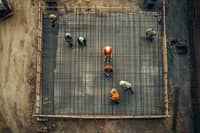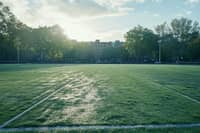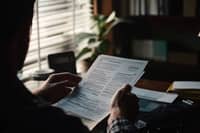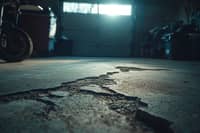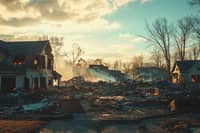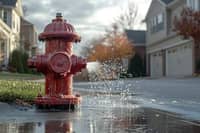Expert Commentary
Latest Articles
Construction Safety
Seeking Synergy in Construction
Design and Professional Liability
Contractual Indemnification Suit Not Barred by Statute of Repose
Courts and Coverage
Breaking Coverage Case—Oregon High Court Issues Major Construction Defect Ruling
Catastrophe Risk Management
Additional Living Expenses: A Critical Recovery Tool After Disasters
Design and Professional Liability
Expert Required Unless Common Knowledge Exception Applies
Design and Professional Liability

